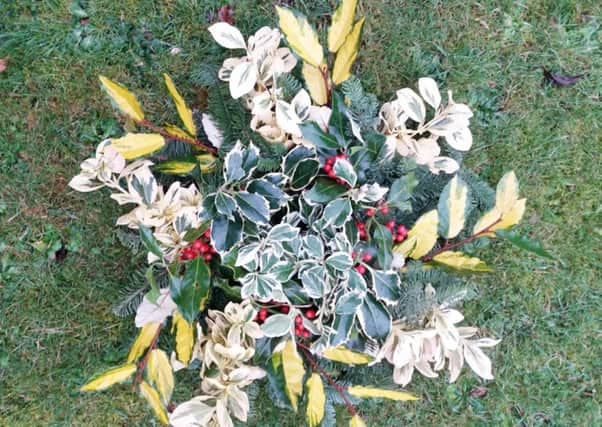Frost put paid to best laid planting plans


It was minus 7C in this coastal garden, with a media report of minus 12C in rural Northumberland.
Remarkably, I’ve found no obvious outdoor casualties – any plants with questionable hardiness were moved under cover recently.
Advertisement
Hide AdAdvertisement
Hide AdThe unheated greenhouse is a different matter though. Minus 5C is just too much for some plants to cope with, even when they’ve a fleece covering.
One or two of the spare streptocarpus and plectranthus were wiped out, but we have duplicates in the conservatory and propagating frame.
This said, potted pelargoniums (geraniums) and fuchsias, whose compost was purposely left very dry, came through with embryo shoots still intact.
Surplus plants of a mature Arabian coffee, four seasons lemon and sweet orange, each in large pots, survived the frost, as did the peach and grape vines, which are permanent fixtures.
Advertisement
Hide AdAdvertisement
Hide AdAfter clearing away a few plant casualties, the time was right for definitive pruning to set the vines up for next year’s crop.
First came the removal of a mature lateral branch (rod), circa 5cm diameter, trained overhead that had become unproductive. The final prune involved every growth from the main rods being reduced to two dormant buds so they look like bristles when the job’s completed.
Prior to the frost, I’d promised the lady of the house that any outdoor containers not yet planted up would be completed in the morning. With 200 or so polyanthus in 7cm pots in the cold greenhouse and ready to go, this would be a doddle.
However, a couple of lines from “In the Bleak Midwinter” put that plan on hold. Daylight came with the earth as hard as iron and water like a stone. The pond was completely frozen over, with a wave pattern on the surface, and the ground rock-hard.
Advertisement
Hide AdAdvertisement
Hide AdUnder glass, in the extreme cold, the polyanthus plants were droopy-leaved, but recovered in a day or two without any loss.
Such situations are disappointing when you’re eager to get on with the job in hand, and will no doubt repeat before spring arrives. However, any hardy perennials you’ve bought or had delivered can wait a while for planting.
• I’m rarely asked when to prune euonymus, elaeagnus, holly and several other decorative winter plants, yet gardeners instinctively keep snipping away at the branches for arrangements, wreaths and garlands, and every snip makes a plant bushier! Seasonal greetings to all readers.